When comparing Bavarian Cream and Custard, there are a few key factors to consider. First and foremost, the texture of these two desserts is quite different.
Bavarian Cream has a light and fluffy consistency, thanks to the addition of whipped cream or gelatin, while Custard has a rich and creamy texture, achieved by cooking milk or cream with eggs and sugar.
In terms of flavor, Bavarian Cream tends to have a more delicate taste, often infused with vanilla or other flavors such as chocolate or fruit. On the other hand, Custard has a distinct eggy flavor that is both comforting and indulgent.
Here we will dive deep into understanding bavarian cream vs custard and Custard. So get ready to unravel the secrets behind Bavarian Cream and Custard and discover which one is perfect for your next culinary adventure.
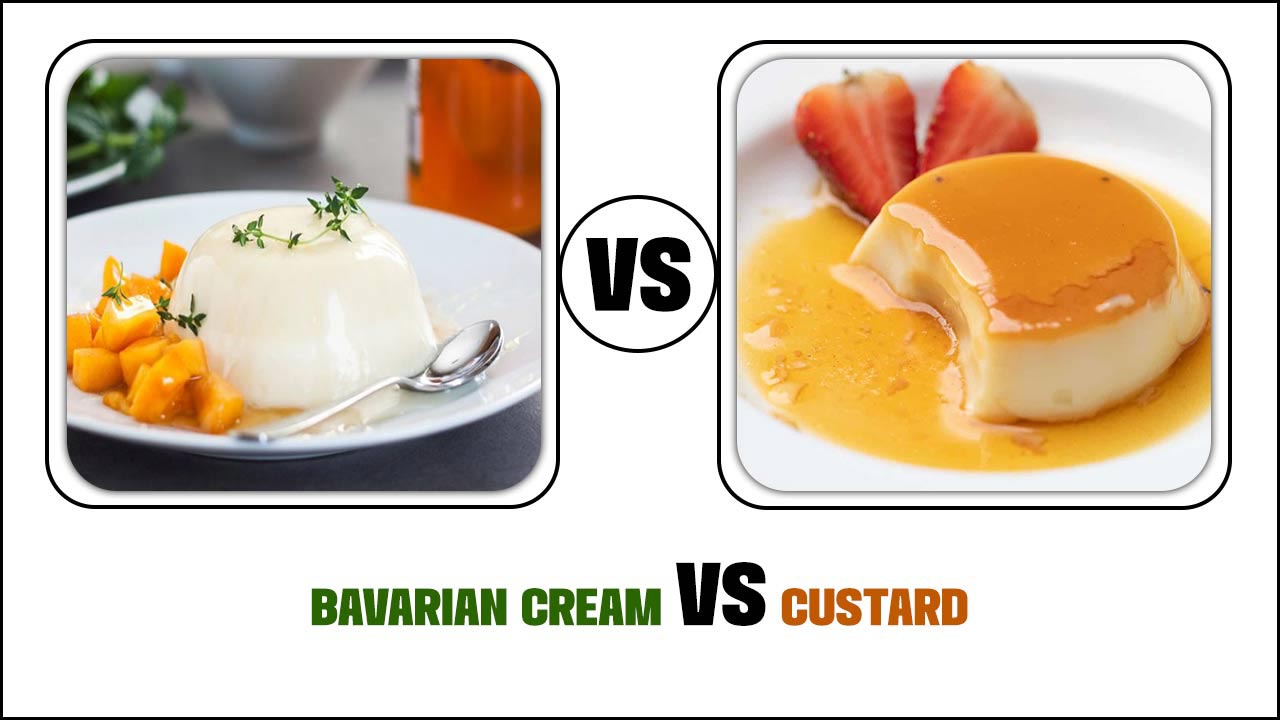
Exploring Bavarian Cream Vs Custard: Key Distinctions
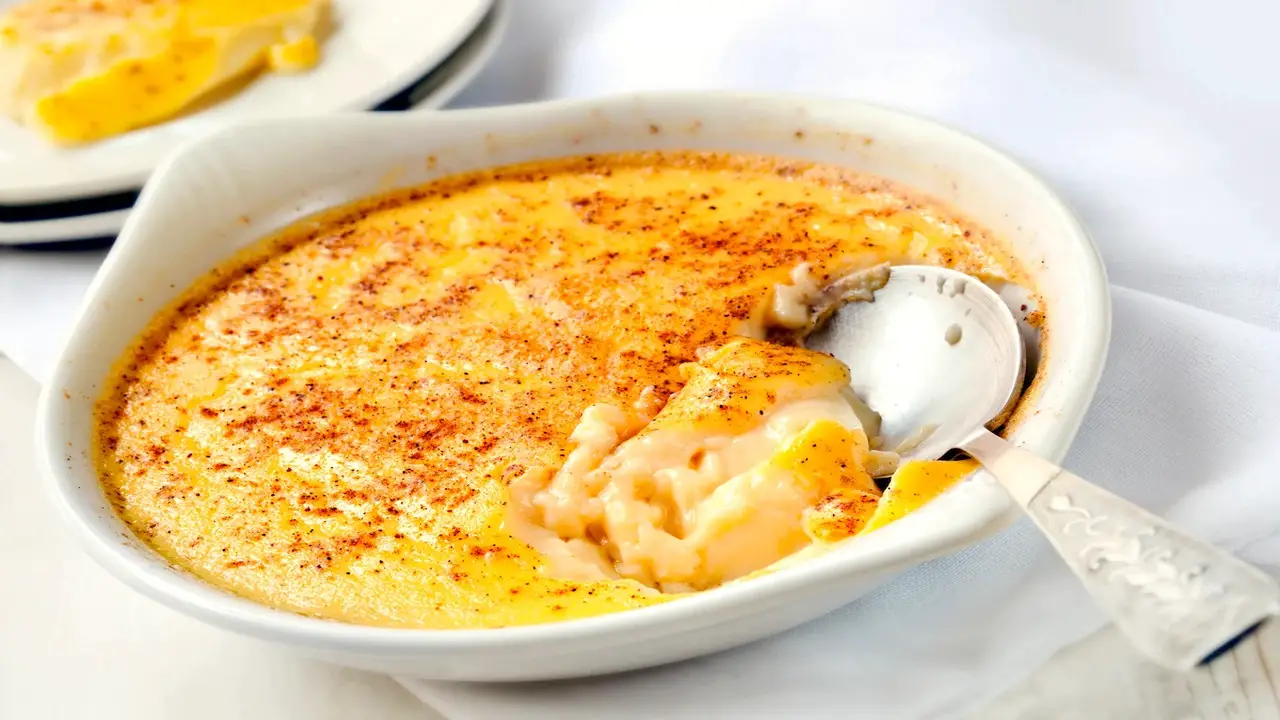
Bavarian cream and custard are two popular dessert components with key distinctions. Bavarian cream is made with gelatin, eggs, sugar, and whipped cream, resulting in a light and airy consistency. On the other hand, custard is created by combining milk, eggs, sugar, and vanilla, resulting in a thick and creamy texture.
The preparation methods also vary – Bavarian cream requires additional steps like blooming gelatin and folding in whipped cream while custard is cooked on the stovetop.
These differences in ingredients, texture, and preparation make Bavarian cream ideal for fillings in cakes and pastries. People commonly enjoy custard alone or as a base for various desserts. Below we show more differences between bavarian cream vs custard.
Exploring The Origins Of Bavarian Cream And Custard
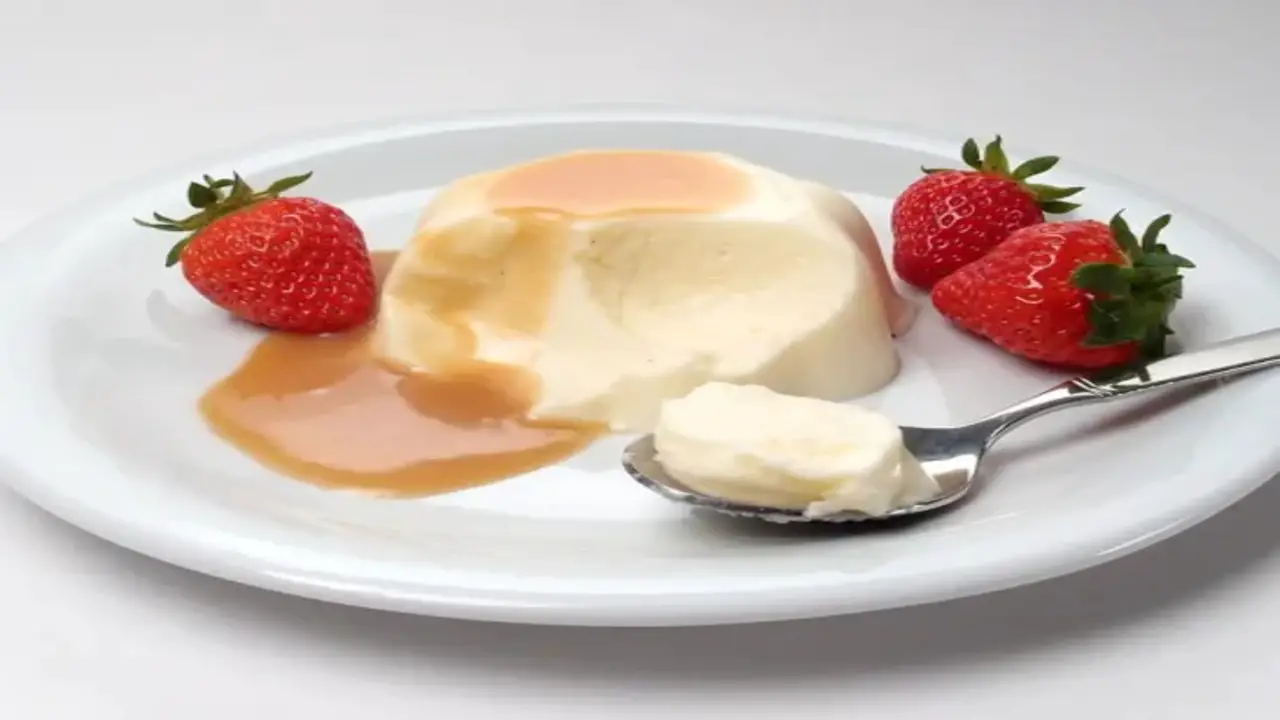
Bavarian Cream and Custard have interesting origins. People can trace Bavarian Cream back to the 19th century in Bavaria, Germany. It was first created as a light, delicate dessert made with a custard base, gelatin, and whipped cream. People have enjoyed Custard for centuries, which has roots in Ancient Rome.
Both desserts share a rich and creamy texture, but Bavarian Cream’s addition of whipped cream gives it a lighter and more delicate consistency. People often use Custard as a filling or base for other desserts, but they commonly serve Bavarian Cream on its own or use it as a cake filling
The Story Behind Bavarian Cream
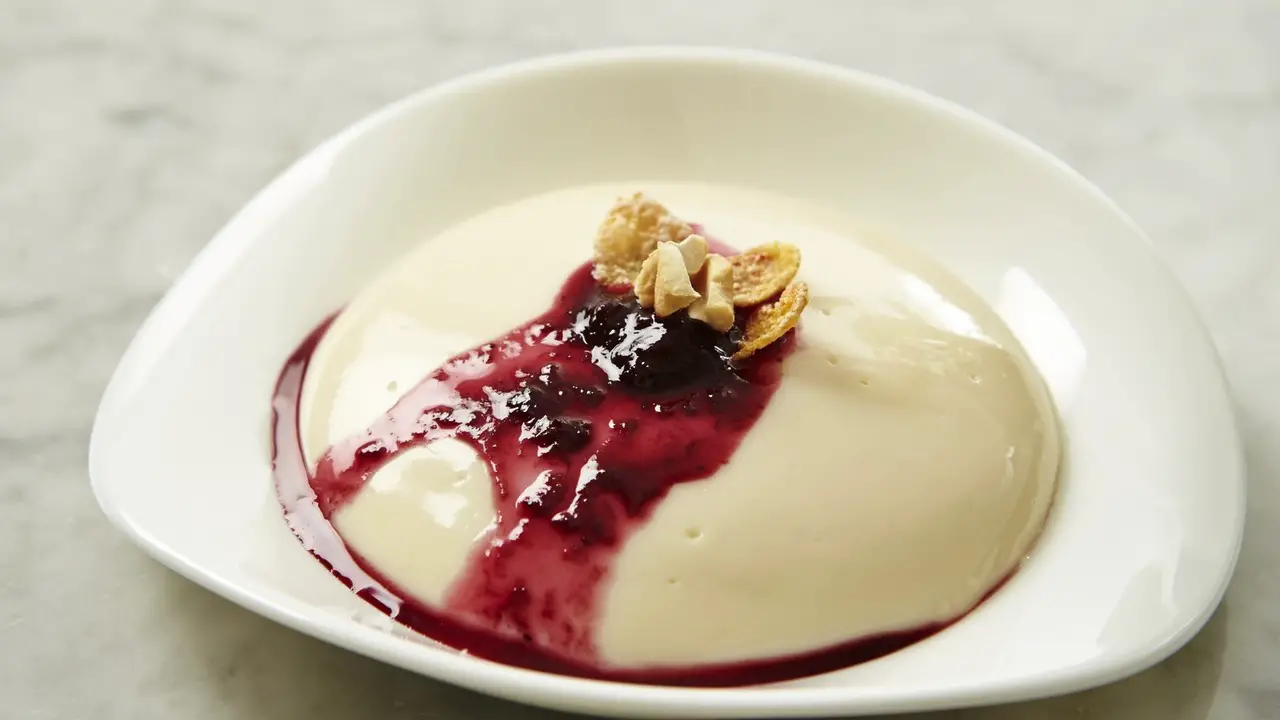
Bavarian Cream, a classic dessert originating in Germany during the 19th century, has an interesting story. Made by combining milk, eggs, sugar, and gelatin, this decadent treat boasts a rich and creamy texture. Bakers commonly use Bavarian Cream as a filling or topping for pastries and cakes, often flavoring it with vanilla or chocolate.
Over time, this delightful dessert gained popularity in Europe and eventually made its way to America, where it became a staple in bakeries and dessert shops. Today, people worldwide cherish Bavarian Cream for its smooth and velvety consistency.
The History Of Custard
Custard has a rich history as a beloved dessert, with its origins dating back to ancient Rome. The French word “croustade,” which refers to a pastry with a creamy filling, is derived from the word “custard.” During the Middle Ages, custards were popular in Europe and often served in pies or tarts.
Traditional custard combines milk or cream with eggs, sugar, and flavorings like vanilla or nutmeg. Today, people worldwide enjoy custard in various forms, whether they use it as a filling for pastries, a base for ice cream, or a standalone dessert.
The Composition Of Bavarian Cream And Custard
Bavarian cream and custard have distinct compositions that contribute to their unique qualities. Bavarian cream is a light and fluffy dessert made from a custard base combined with gelatin. This combination gives it a delicate and airy texture. On the other hand, custard is a thick and creamy dessert made from eggs, sugar, and milk.
People typically cook it on the stove or oven, producing a rich and velvety consistency. Traditionally, Bavarian cream incorporates vanilla to flavor its custard, although it often includes additional flavorings like chocolate or fruit.
Bavarian cream is commonly handy as a filling or topping for pastries and cakes. You can enjoy custard alone or use it as a base for other desserts. Despite their similarities, these two desserts feature different ingredients and textures that make them unique and delightful options in the world of desserts.
Key Ingredients In Bavarian Cream
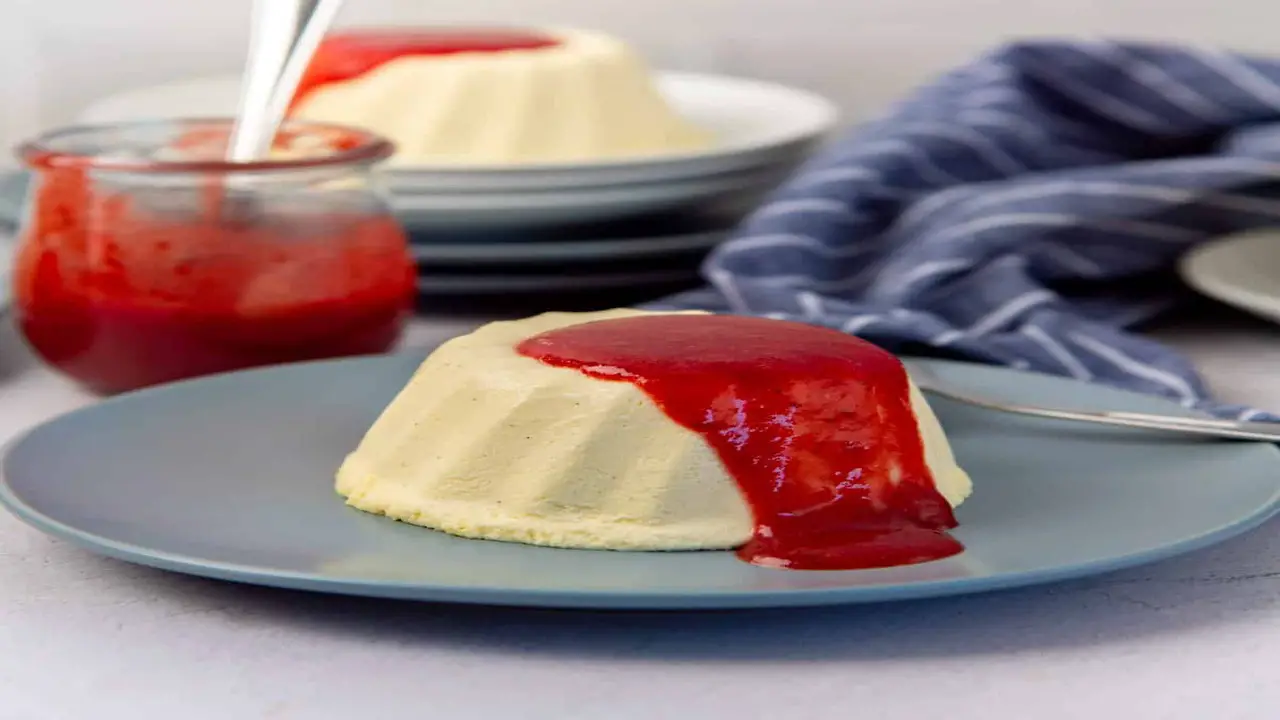
Bavarian cream combines milk, sugar, gelatin, and whipped cream. The main flavor in Bavarian cream comes from vanilla extract or other options like chocolate or fruit puree.
We incorporate gelatin to ensure a smooth and creamy texture when the dessert sets. Whipped cream adds lightness and richness to the Bavarian cream, making it a decadent treat. This versatile cream can fill cakes and pastries or a delightful dessert.
What Goes Into A Custard?
People make custard by blending milk or cream, eggs, sugar, and flavorings to create a delectable dessert. The addition of eggs brings a luscious thickness and richness to the custard. One can incorporate other options, such as chocolate or fruit, to create unique variations, although vanilla is the classic choice for flavouring.
Depending on the desired texture, you can prepare custard on the stovetop or bake it in the oven. Cooking it on the stovetop yields a silky smooth consistency, while baking gives it a more firm and set texture. Whether warm or chilled, custard is a timeless treat that satisfies any sweet tooth.
Diving Into The Taste Profiles
Bavarian cream and custard have distinct taste profiles. Bavarian cream is a rich and creamy dessert made with eggs, cream, and gelatin. It often has a lighter texture; people often flavor it with vanilla or other extracts. On the other hand, custard is a thick, sweet sauce made with eggs, milk, and sugar.
Typically, people flavor it with vanilla or chocolate with a thicker consistency. People commonly use Bavarian cream to fill pastries and desserts, while they often use custard as a sauce or filling in pies, tarts, and cakes. Their unique textures and flavours offer a delicious and indulgent taste experience.
The Flavor Profile Of Bavarian Cream
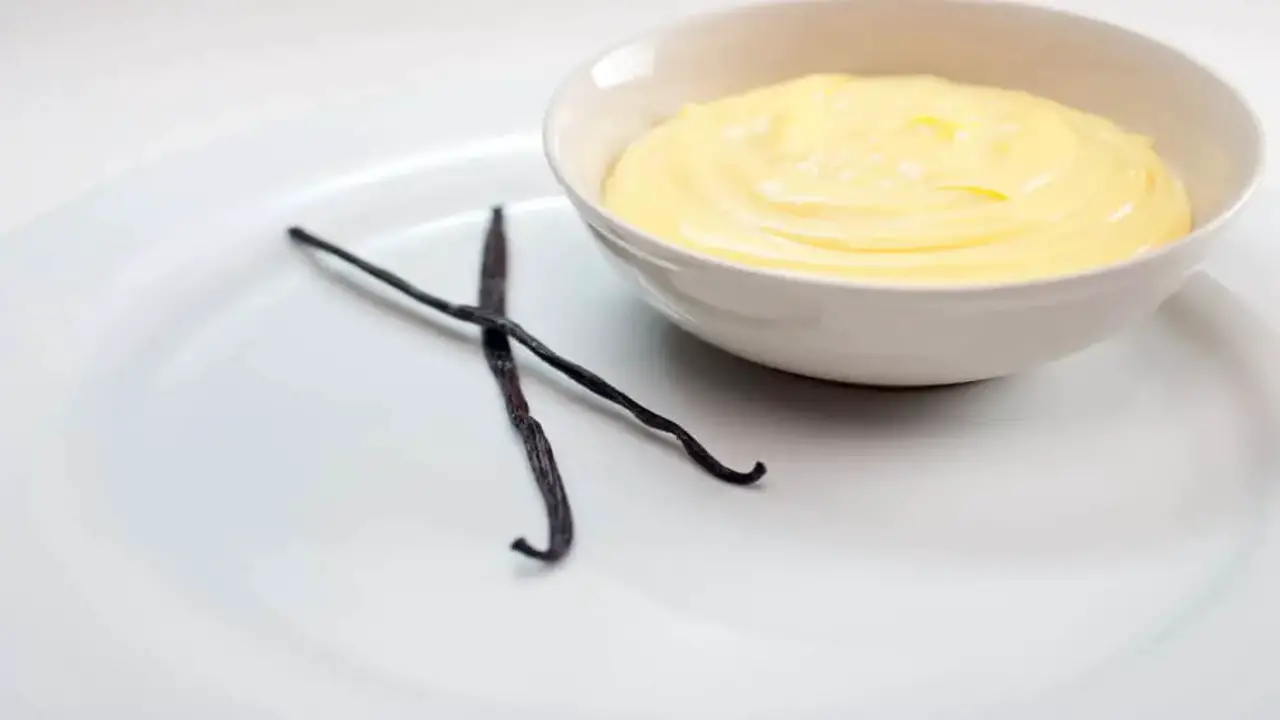
Bavarian Cream boasts a velvety smoothness and rich, creamy taste complemented by a hint of vanilla. It strikes the perfect balance of light sweetness without being overpowering.
This delectable dessert pairs exceptionally well with fruits, chocolate, and other desserts, making it a versatile option for creative culinary endeavors. Indulgent and satisfying, Bavarian Cream adds a luxurious touch to any dish, enticing taste buds with its decadence.
Understanding The Taste Of Custard
Custard’s luxurious and indulgent flavor offers a smooth, velvety mouthfeel. Its rich and creamy texture gives it a delightful sweetness and a hint of vanilla or other flavorings. Whether served as a standalone dessert or used as a filling in crème brûlée or custard-filled pastries, custard never fails to satisfy.
Depending on the preparation method, its consistency can range from thick and spoonable to pourable. This versatile ingredient adds a touch of decadence to a wide range of recipes, including pies, tarts, ice cream, and sauces.
How Are Bavarian Cream And Custard Prepared?
You combine a custard base with gelatin and whipped cream to prepare Bavarian cream. On the other hand, one makes custard by heating milk or cream with sugar and then slowly tempering it with beaten eggs. Both require careful cooking and cooling for the desired consistency. You can achieve customizable flavors by adding extracts or flavorings.
The Process Of Making Bavarian Cream

Making Bavarian Cream combines a custard base with gelatin to achieve a light and airy texture. You prepare the custard by heating milk, eggs, sugar, and vanilla until thickened. Once the custard is ready, add gelatin to give Bavarian Cream its unique consistency.
After cooling, you can fold whipped cream into the mixture for extra richness to make Bavarian Cream. You can add extracts or liquors to add a personalized touch. This process can help you create a delicious and decadent dessert filling that you can use in pastries, cakes or enjoy alone.
Steps To Prepare Custard
To prepare custard, start by heating milk, sugar, and flavorings together. Add beaten eggs to the mixture and cook it on low heat until it thickens. Strain the custard to remove any lumps or overcooked bits.
You can flavor the custard with vanilla, chocolate, or other ingredients to create different variations. Remember to stir constantly while cooking to prevent curdling or scorching. After cooking, chill the custard before serving to allow it to set and thicken further.
Comparing The Textures Of Bavarian Cream And Custard
Bavarian Cream and custard have distinct textures that set them apart. Bavarian Cream is popular for its light and airy consistency, achieved by combining custard, gelatin, and whipped cream. On the other hand, custard has a dense and velvety texture due to its cooked mixture of milk or cream, sugar, eggs, and flavorings.
While Bavarian Cream is delicate and smooth, the custard is thick and indulgent. These textures determine their usage in recipes – Bavarian Cream is commonly handy to fill cakes and pastries, whereas custard can be enjoyed on its own or handy as a filling in pies and tarts. Both desserts offer endless possibilities for flavor variations by incorporating ingredients like fruit purees, chocolate, coffee, or liqueurs.
Usage: How Are Bavarian Cream And Custard Used In Recipes?
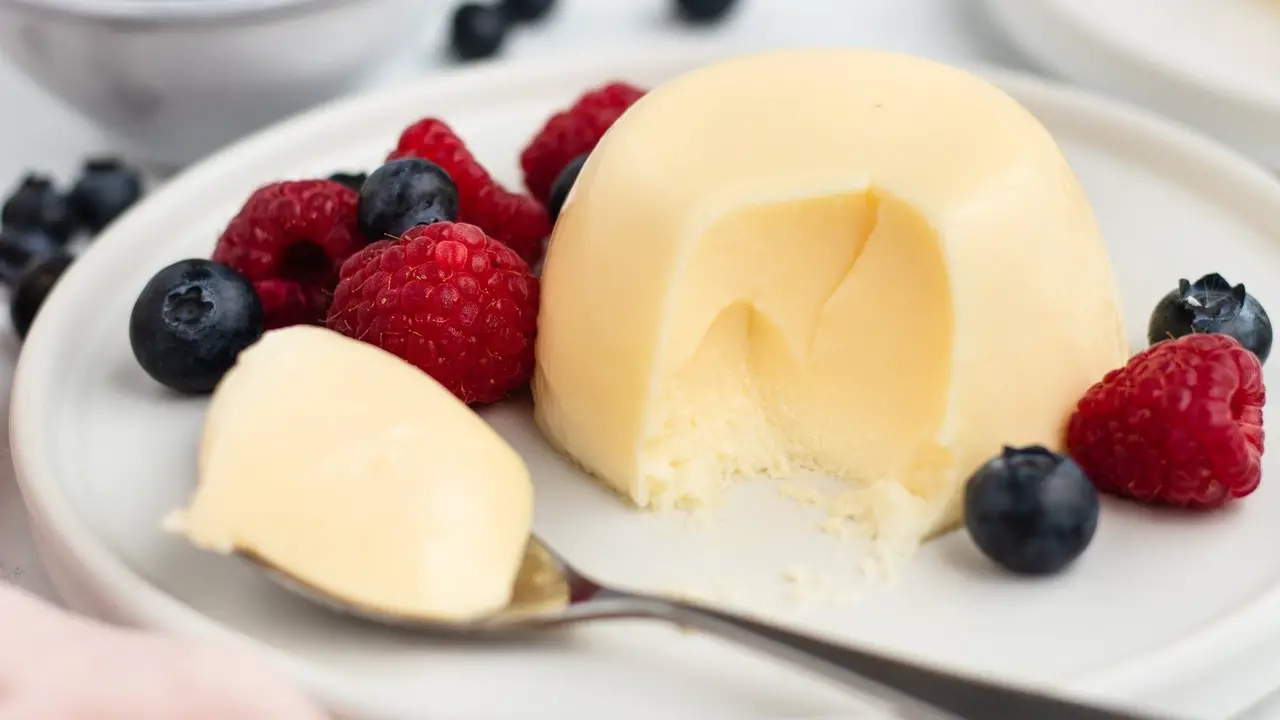
Bavarian Cream and Custard are two versatile ingredients that add a creamy and delicious element to a wide range of dessert recipes. Bavarian Cream is often handy to fill pastries, cakes, and doughnuts, providing a luscious and smooth texture.
On the other hand, Custard serves as a base for pies, tarts, and cream puffs, offering a rich and velvety consistency. These delightful treats can also be enjoyed as standalone desserts, showcasing the indulgent flavors of Bavarian Cream and Custard.
Can Bavarian Cream Be Handy As A Substitute For Custard?
Bavarian Cream can indeed serve as a substitute for custard in certain recipes. However, it is important to note that Bavarian Cream has a lighter and fluffier texture than custard. While Bavarian Cream is made with gelatin and whipped cream, the custard is typically made with eggs and milk. Before deciding to use Bavarian Cream as a substitute, consider your dish’s flavor and consistency requirements.
Conclusion
understanding the difference between bavarian cream vs custard is essential for any baking enthusiast or dessert lover. While both are delicious and creamy, their distinct characteristics set them apart. Bavarian Cream is known for its light and airy texture, thanks to the addition of whipped cream, while Custard is smooth and velvety, made with eggs and milk.
Each has its own unique flavor profile that adds depth and richness to various recipes. Whether making a decadent cake or a classic creme brulee, knowing when to use Bavarian Cream or Custard can elevate your desserts. So next time you’re in the kitchen, experiment with these delightful treats and discover the joys of both Bavarian Cream and Custard.
Frequently Asked Questions
1.What Type Of Custard Is Bavarian Cream?
Ans: Bavarian cream is a unique type of custard that sets using gelatin instead of egg yolks. It has a smooth and creamy texture and a rich vanilla flavor. This custard is often used to fill pastries, desserts, and cakes.
2.Is Bavarian A Baked Custard?
Ans: Bavarian cream is not a baked custard. Unlike custard, Bavarian cream is a light and fluffy dessert made with gelatin, whipped cream, and flavorings. It has a different texture and preparation method compared to baked custard.
3.Is Vanilla Pudding The Same As Bavarian Cream?
Ans: No, vanilla pudding is not the same as Bavarian cream. While Bavarian cream is made with a custard base lightened with whipped cream or gelatin, vanilla pudding typically consists of milk, sugar, cornstarch, and vanilla extract. The two have different textures and flavors.
4.Is Bavarian Filled Custard?
Ans: Bavarian cream is not filled with custard. While both are creamy desserts, Bavarian cream is made with a thicker and more stable base of pastry cream, while custard is a cooked mixture of milk or cream, sugar, and eggs. The addition of gelatin in Bavarian cream helps it set and hold its shape for a light and fluffy texture.
5.What Is The Difference Between Bavarian Cream And Custard?
Ans: Bavarian cream and custard have key distinctions. Also, bavarian cream is a light, fluffy dessert with a custard base and gelatin, while custard is a thick, creamy sauce made with eggs, milk, and sugar. Bavarian cream is used to fill cakes or pastries, while custard is commonly used as a sauce for pies or puddings.
